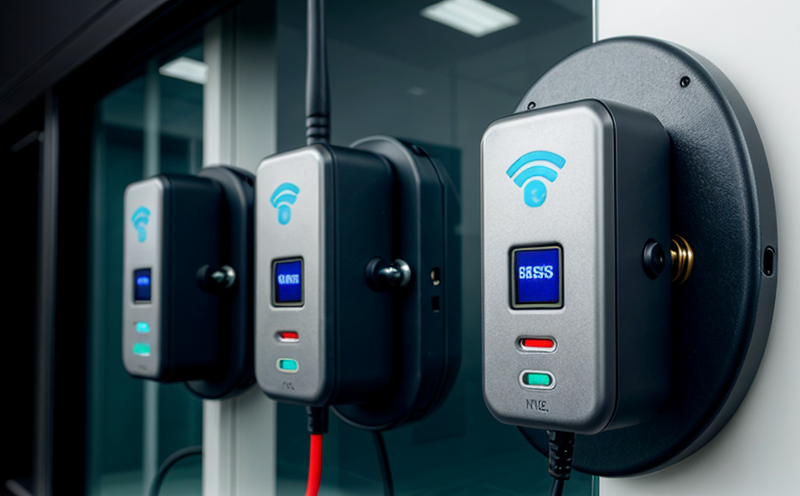Z Wave Protocol Security Testing in Smart Communications
The Z-Wave protocol is a key player in the burgeoning smart home and communication security sectors. Developed by Zensys, now owned by Sigma Designs, it has established itself as one of the most widely used wireless protocols for controlling devices such as lights, locks, and sensors. Its robustness and reliability make it a preferred choice for manufacturers seeking to ensure seamless connectivity within their products.
However, with increasing threats in the digital realm, ensuring that Z-Wave protocols remain secure is paramount. This service focuses on comprehensively testing these protocols against various security vulnerabilities to safeguard communications and devices from unauthorized access or manipulation. Our team of experts uses state-of-the-art tools and methodologies to conduct rigorous evaluations, providing clients with detailed reports that highlight any potential weaknesses.
Our approach ensures that all aspects of the Z-Wave protocol are scrutinized under real-world conditions, simulating typical usage scenarios to identify areas where improvements might be necessary. By doing so, we not only enhance product security but also contribute towards building a more secure digital environment for users worldwide.
The importance of securing Z-Wave communications cannot be overstated given the increasing number of connected devices in homes and businesses alike. A breach could lead to significant privacy concerns or even compromise critical systems. Therefore, thorough testing serves as both a preventive measure and an assurance tool for stakeholders involved in this technology ecosystem.
Why It Matters
The integrity of Z-Wave communications is crucial not only for maintaining user trust but also for ensuring compliance with relevant standards and regulations. In today’s interconnected world, where every device can potentially be a point of entry into a network, securing these communications becomes even more critical.
- Ensures adherence to industry best practices
- Protects against potential data breaches
- Enhances overall system reliability and performance
- Promotes user confidence in the product's security measures
- Avoids legal repercussions from non-compliance with regulatory requirements
By incorporating rigorous testing into your product development process, you can preemptively address these challenges, thereby reducing risks associated with deploying insecure protocols.
Scope and Methodology
The scope of our Z-Wave protocol security testing encompasses several critical areas that need to be evaluated for robustness and reliability. These include:
- Encryption algorithms used in the communication process
- Data integrity checks during transmission
- Authentication mechanisms employed by the protocol
- Response to unauthorized access attempts
- Potential vulnerabilities within firmware updates
We employ a multi-faceted methodology that integrates both static and dynamic analysis techniques. This allows us to uncover not only known threats but also novel risks that may arise due to unique implementations or configurations.
Our testing framework adheres closely to international standards such as ISO/IEC 27034, which provides guidelines for information security management systems within the context of information exchange and interoperability. Additionally, we reference specific Z-Wave specifications provided by the Alliance, ensuring our evaluations align with official protocols.
Through this comprehensive approach, we aim to provide clients with robust evidence that their products meet stringent security requirements, fostering confidence among consumers and regulatory bodies alike.
Frequently Asked Questions
International Acceptance and Recognition
The Z-Wave protocol enjoys widespread acceptance across numerous regions globally due to its reliability and ease of integration into existing systems. It is recognized by organizations including the International Electrotechnical Commission (IEC), which has approved it as part of their standardization efforts.
- IEC 62537: Series of standards for Z-Wave devices
- ISO/IEC 27034: Information security management systems within the context of information exchange and interoperability, which includes considerations relevant to Z-Wave protocols
Beyond regional recognition, the protocol is supported by major technology companies and is often recommended for use in smart home and industrial automation projects.





